BenQ's monitor for coders delivers maximum eye comfort
BenQ RD280U is a productivity monitor for those who work heavily with text or code.
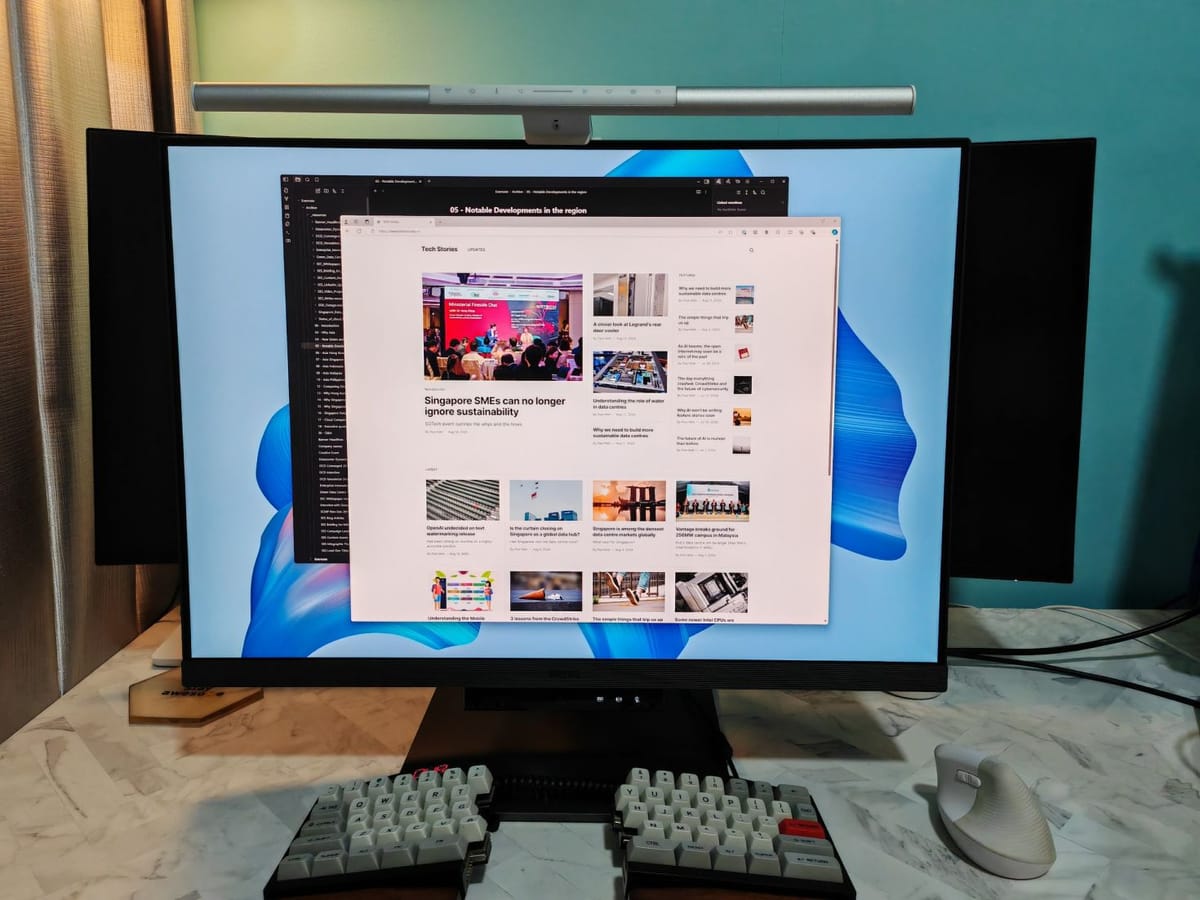
The BenQ RD280U is an ideal productivity monitor for those who work heavily with text or code.
BenQ says the 28.2-inch 4K monitor is designed specially for programmers.
I don't code much these days, but I do write every single day on apps like Obsidian and AuthoredUp. How does the monitor fare?
Key features
Here are the key specifications of the RD280U monitor.
- DisplayPort, HDMI, or USB-C inputs.
- 90W PD USB-C charging.
- Built-in KVM switch.
The monitor comes with a stand that lets you set height, swivel, tilt and also works with VESA-compatible monitor arms.
Like similar BenQ monitors, a bar under its chin houses various sensors such as presence and light detection sensors - more on those later.
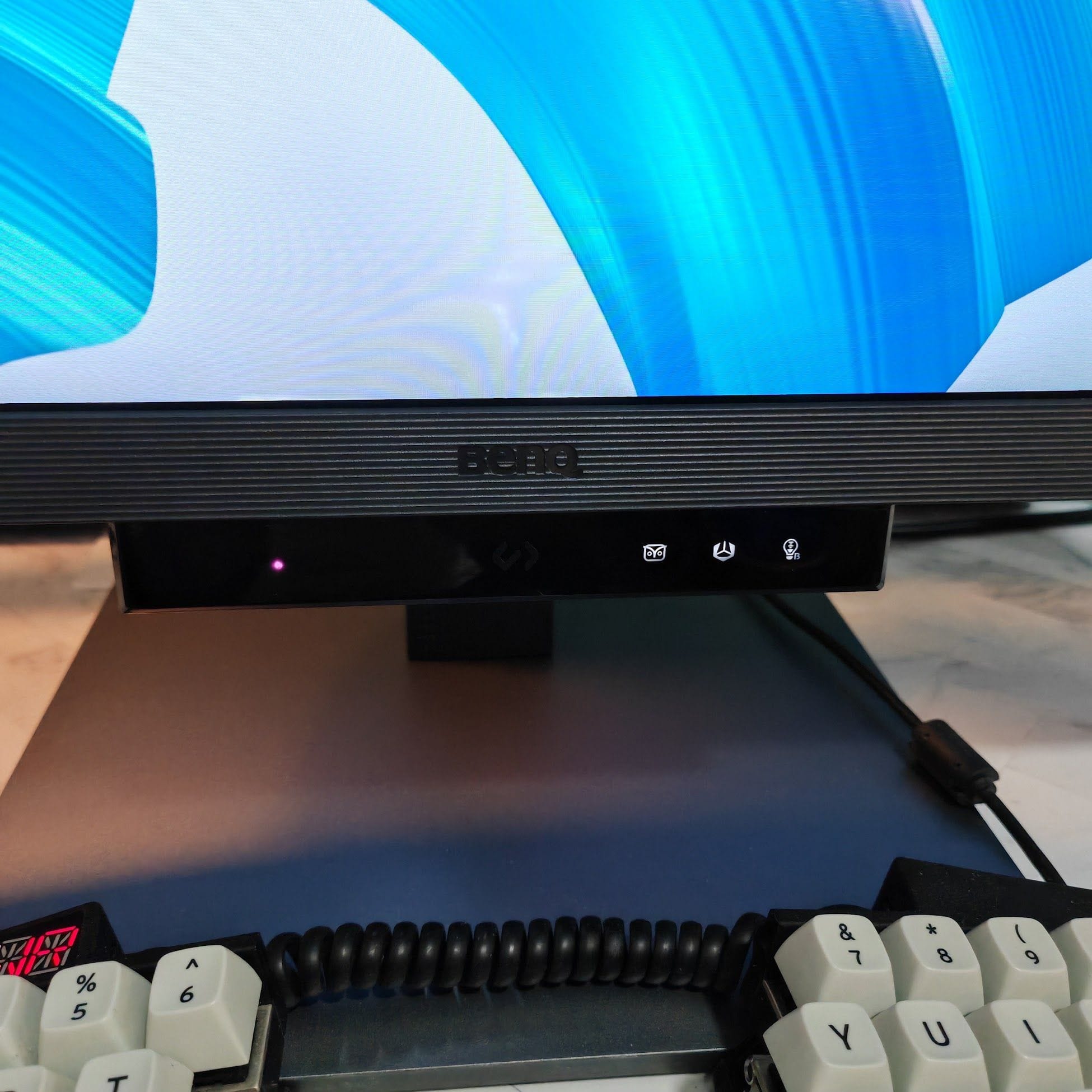
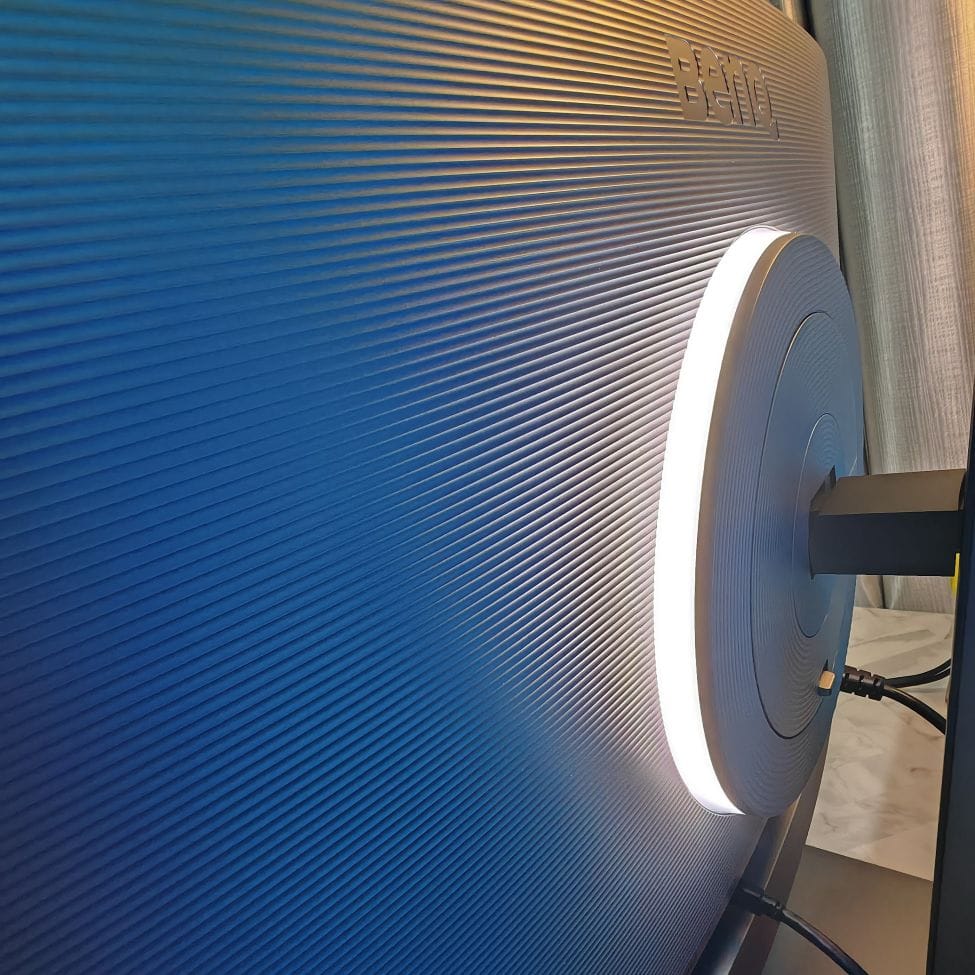
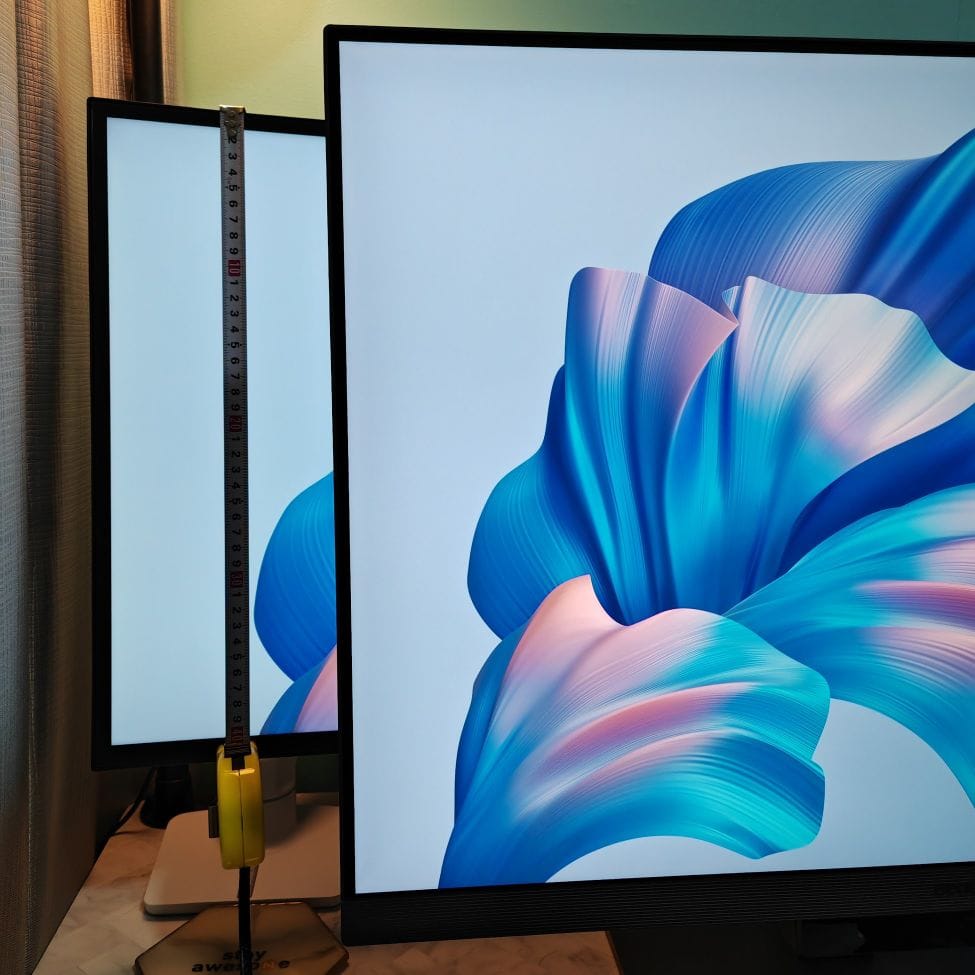
Caption (Left to Right): Sensors and controls, "MoonHalo" lighting, and same 40cm height as my 40-inch Dell monitor.
Great for the eyes
It's key claim to fame is probably its long list of eye-friendly features.
- TÜV Rheinland Low Blue Light (Hardware).
- TÜV Rheinland Flicker-free.
- Eyesafe Certified.
- Anti-reflection coated panel.
A couple of them are worth a mention:
Brightness Intelligence
The RD280U can be set to react to changes in ambient light, changing its brightness to match. This is perfect for those who work late into the night.
I think BenQ's implementation is better than any other monitors I've owned - it reacts very quickly, and the sensitivity is also adjustable.
Coding Mode
A coding mode promises better visibility when coding. It works by tweaking contrast, brightness, sharpness, saturation, and gamma settings levels for text/code. And yes, Dark and Light Themes are available.
I couldn't see a difference viewed alongside my 40-inch Dell monitor. Then again, it does cost 3x more, so I'm counting it as a win for the BenQ here.
What I liked
Here are 3 features I really liked about the RD280U.
3:2 screen ratio
The RD280U has an aspect ratio that gives it the same screen height (~40cm) as my 40-inch ultrawide. In my view, this is crucial for productivity.
Packed with features
- "MoonHalo": Beautiful adjustable lighting on back.
- EyeReminder: Prompts you to take eye breaks*.
- EcoPrivacy: Blanks screen after X secs away*.
Using the presence sensor
Display Pilot 2
Almost every setting on the OSD can be configured using the free Display Pilot 2 app if the RD280 is plugged in via USB.
It offers:
- Desktop Partition (With minor tweaking).
- Keyboard shortcuts.
- Many others.
With it, you can even switch to specific monitor modes based on the current app.
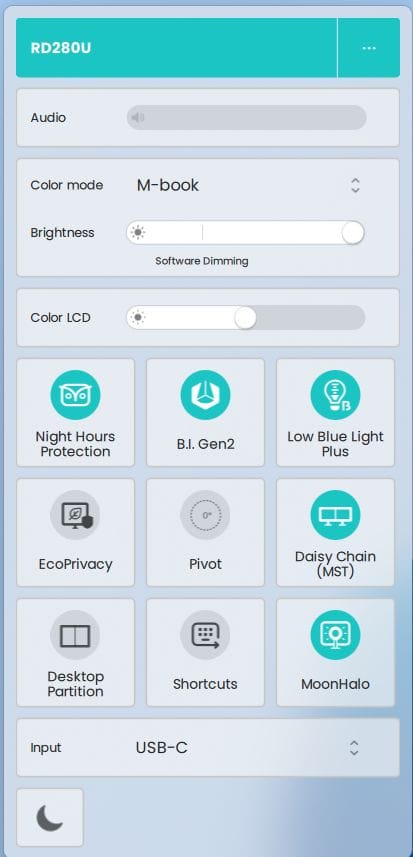
Conclusion
The RD280U impressed me as an incredibly polished, well-thought-out product.
Of course, some will note its 60Hz refresh rate and pass. A flicker-free screen is more important for me though.
Are you using an external monitor? What features do you look out for?
You can purchase the RD280U here.
